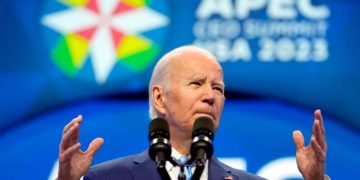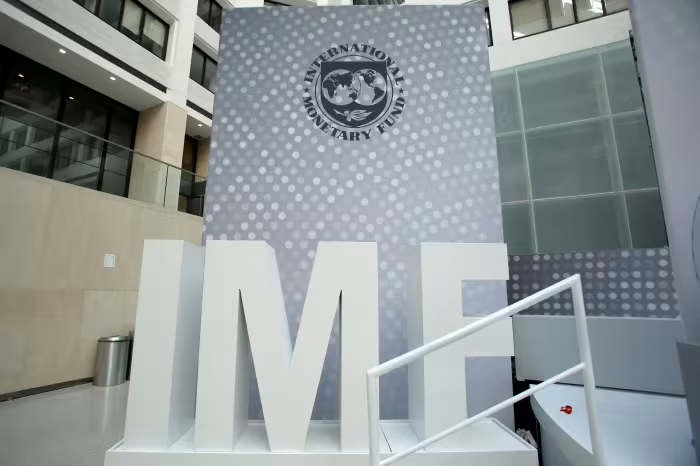Introduction: A Shift in Economic Narrative
On November 26, 2024, the Federal Reserve released the minutes from its recent monetary policy meeting, marking a pivotal moment for the U.S. economy. The statement offered insights into the central bank’s approach, suggesting that further cuts to interest rates would likely be appropriate in December. This conclusion comes despite earlier signals from Chairman Jerome Powell indicating a careful approach to rate adjustments, tempering market expectations for an immediate reduction.
The Recent Policy Decisions
In its November meeting, the Federal Reserve opted to lower the federal funds rate target range by 25 basis points, bringing the benchmark rate down to 4.5% to 4.75%. The minutes articulated that such a move would help maintain the strength of the economy and the labor market while endeavoring to reduce inflation further.
In the discussion, Federal Reserve members unanimously acknowledged the steady expansion of economic activity. While the labor market has shown signs of cooling, with increased unemployment rates, it remains relatively low. Moreover, there was a consensus that inflation had moved closer to the Fed’s target of 2%, though it still persists at elevated levels. Notably, members agreed to remove language from previous statements that expressed increased confidence in achieving sustained progress toward this inflation target.

Amid Varied Perspectives on Future Policy
Looking ahead, divergent views emerged among officials regarding the trajectory of monetary policy. Some members indicated that if inflation remains stubbornly high, the Fed might consider pausing its easing measures. Conversely, others suggested that if economic activity falters or the labor market weakens, a more aggressive easing policy could be warranted.
Market reactions have reflected these insights. Surveys conducted among primary dealers and market participants revealed that a significant majority anticipated a 25-basis-point decrease in December. The minutes convey a general confidence among Fed officials regarding the labor market and the diminishing levels of inflation, suggesting that any further rate reductions would be implemented cautiously and gradually.
Assessing Risks and Future Adjustments
The minutes emphasized that scrutiny of forthcoming economic data would be crucial in evaluating any subsequent adjustments to the federal funds rate. The Federal Reserve members underscored their commitment to assessing the evolving economic landscape and the balance of associated risks before making any decisions. They expressed readiness to adjust monetary policy as needed to address any risks that could impede the achievement of their objectives.
With growing expectations of another rate cut in December, prominent figures like Minneapolis Fed President Neel Kashkari and Chicago Fed President Austan Goolsbee have hinted at the appropriateness of this measure. Goolsbee notably stated, “Unless compelling evidence emerges that the economy is overheating, I do not see a reason for the federal funds rate not to continue its decline.”
Conclusion: Navigating Towards Stability
In summary, the Federal Reserve’s cautious yet responsive approach to monetary policy reflects a commitment to navigating the complexities of the current economic environment. As the central bank prepares for its next meeting, it remains a critical juncture—balancing the intricate interplay between economic growth, labor market dynamics, and the persistent challenge of inflation.
As this narrative unfolds, the significance of December’s anticipated rate decisions will undoubtedly resonate throughout the financial landscape, shaping expectations and influencing market behavior.

































